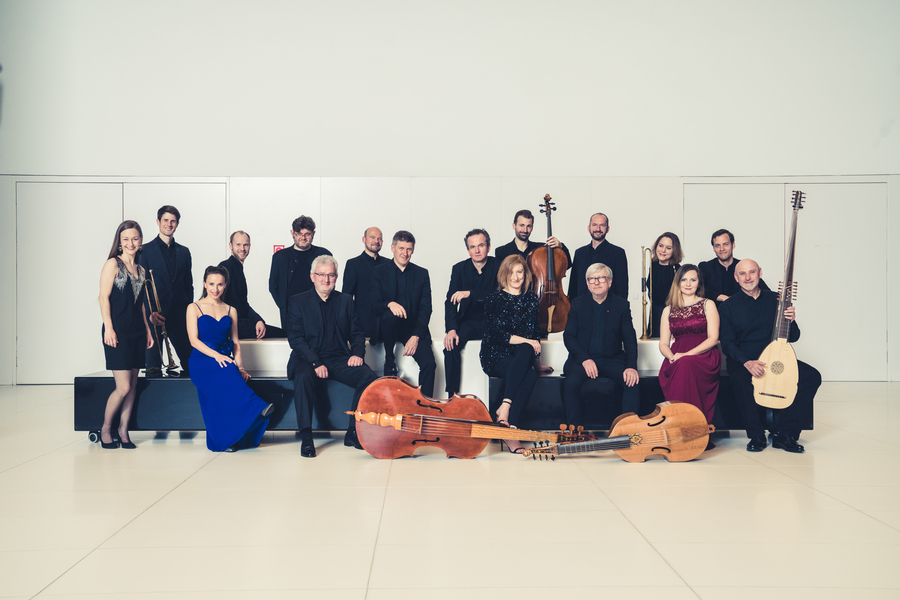Dietrich Buxtehude, a leading representative of the North German Baroque style, already during his lifetime intrigued and attracted both music lovers and other artists. Having settled in Lübeck in his youth, the composer lived there until his death, almost fifty years later. This prompted visits to this city by enthusiasts of his talent, such as George Frideric Handel, Johann Mattheson, and Johann Sebastian Bach. We will make a symbolic pilgrimage to Lübeck together with Andrzej Kosendiak and Wrocław Baroque Ensemble. The artists will present the moving work Membra Jesu Nostri, the exact circumstances of which are shrouded in mystery.
The composition, which is one of the prototypes of oratorio on Lutheran soil, has survived to this day in the collections of the Uppsala University Library in Sweden. Buxtehude’s manuscripts reached the northern shore of the Baltic Sea thanks to his acquaintance with Gustaf Düben – a musician at the Stockholm court and organist of the local church of St Gertrude. It was in his collection that the autograph of Buxtehude’s work has been preserved, bearing a personal dedication to Düben – here called “friend” – and the date 1680. And although it cannot be ruled out that Membra Jesu Nostri was written with an intention to present it in St Mary’s Church in Lübeck, Buxtehude may have received a commission from Sweden, then under the rule of Charles XI Wittelsbach. It is almost certain that the work was performed in the Swedish capital at the end of the 17th century.
Dietrich Buxtehude’s Membra Jesu Nostri is devoid of liturgical character. The piece is composed of seven short cantatas, constituting meditations on the wounds of the crucified Christ, viewed from the perspective of a worshipper looking up at the cross. These are feet, knees, hands, side, chest, heart, and face. The composer took the text of the piece from a Latin poem entitled Salve mundi salutare, traditionally attributed to St Bernard of Clairvaux – though in fact it was created in the 13th century by another Cistercian, Arnulf of Leuven. Buxtehude supplements the medieval stanzas with biblical verses. In the music, he combines Italian patterns, i.e. concertato technique, with northern German traditions, paving the way for Johann Sebastian Bach.

